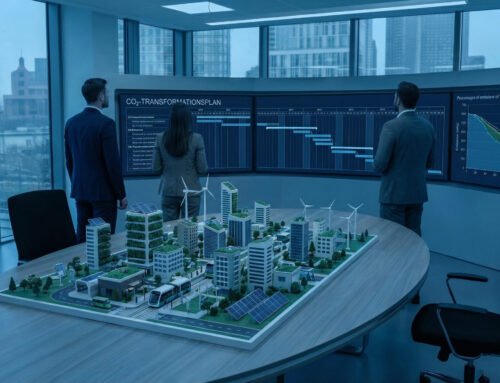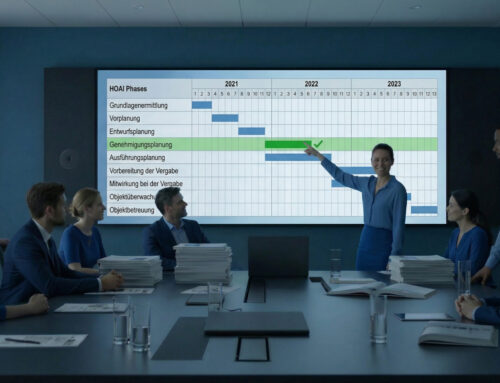Project Description
Project development “Concrete feasibility” phase
The idea for a heating network or energy grid has matured. Initial potential and requirements are known – but now the project needs to be fleshed out: The location, structure, profitability, connection rate, energy flows and funding are all under scrutiny. EXAVY accompanies you with a data-supported phase model through to the complete feasibility analysis – as a reliable basis for decision-making for investors, funding bodies, committees and project partners.
Scope of the module
Exavy creates a complete feasibility analysis based on structured data, plausibility checks and legal requirements.
The results provide the business case, ensure eligibility – and prepare well-founded decisions.






